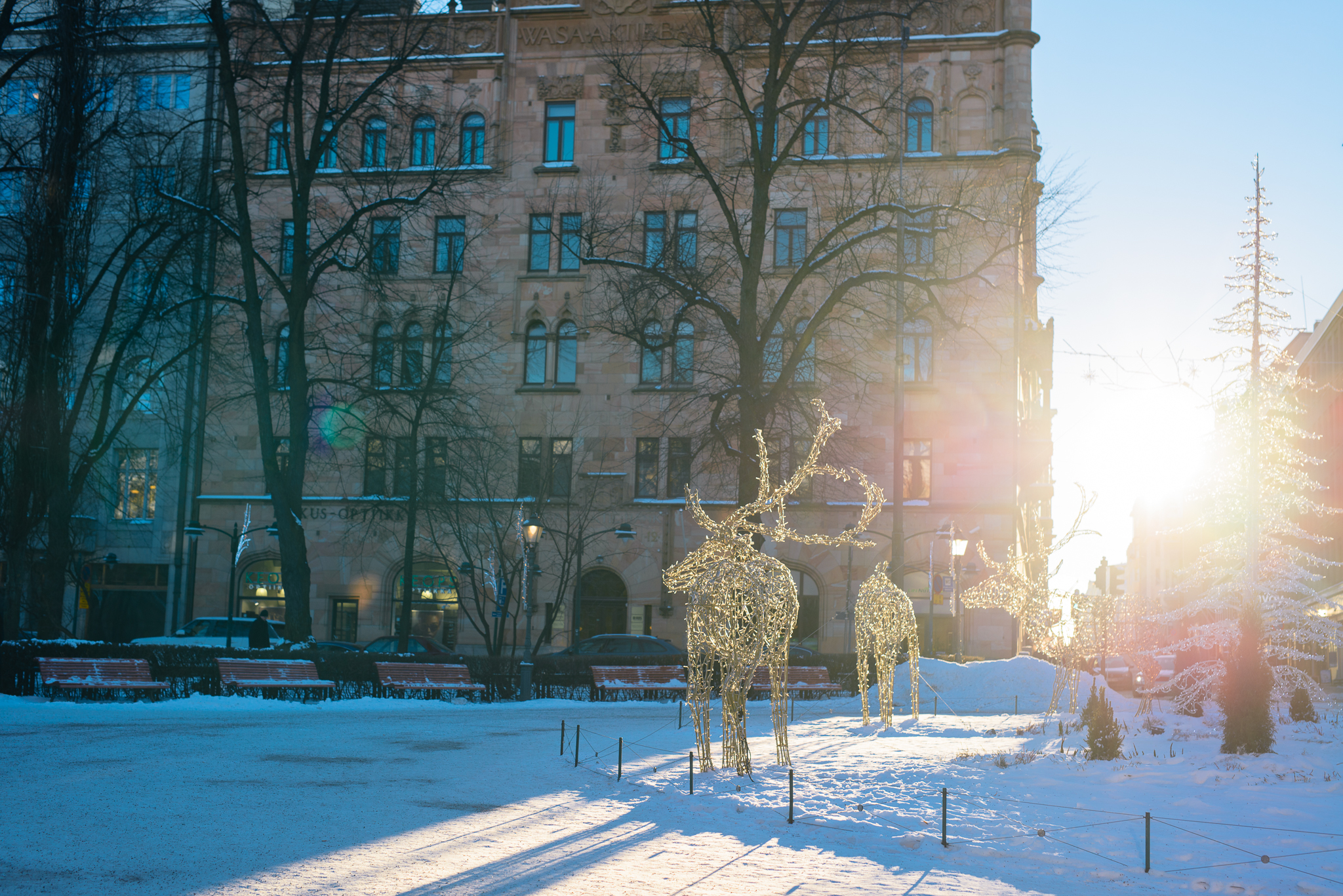Esplanade Park
Eteläesplanadi-Pohjoisesplanadi, 00170 Helsinki
The popular Esplanade Park, fondly referred to as “Espa” among locals, is the most famous park in Finland and the green heart of Helsinki. People come here to see and be seen, to listen to music and watch performances, and to enjoy picnics. The park was originally planned by the principle architect of Helsinki, Carl Ludvig Engel. The park is characterized by an architectonic style with its straight tree-lined alleys and flowerbeds. The rows of linden trees on either side of the park create a hall-like space. At the Market Square end of the park lies one of the most historic restaurants in Helsinki, Kappeli, built in 1867 and designed by architect Hampus Dahlström (1829-1882). Opposite Kappeli is Espa Stage, which offers concerts all through summer, from the beginning of May to the end of August. On either side of the stage is a pool with sculptures by Viktor Jansson (1886-1958). “Water Nymphs” depicts a mermaid and child playing with a fish, and “Hey There” (“Hi”) depicts a small boy playing with a fish. Standing in the middle of the park is the statue of Johan Ludvig Runeberg (1804-1877), Finland’s national poet and author of the Finnish national anthem. Sculpted by the poet’s son, Walter Runeberg (1838-1920), it was the first public monument erected in Helsinki. Close to the statue are also the park’s four historic kiosks. The decorative wooden kiosks on the southern side were built in 1893 and 1909, while the functionalist kiosks on the northern side were designed in 1928 by City Architect Gunnar Taucher (1886-1941). Restaurant Teatteri and Svenska Teatern (Swedish Theatre) dominate the Mannerheimintie end of the park. Two memorials can be found here. The first is to the author, journalist and historian Zacharias Topelius (1818-1898).The second memorial is to the great Finnish poet and journalist Eino Leino (1878-1926).
